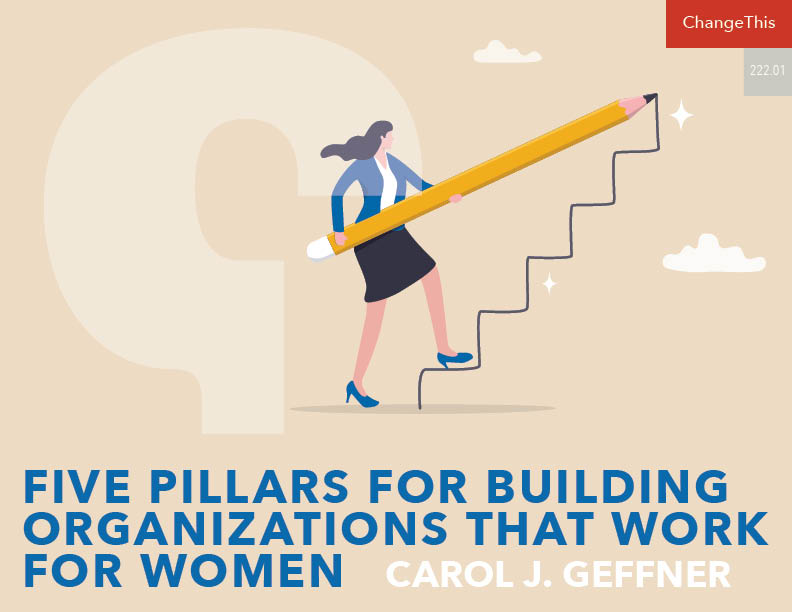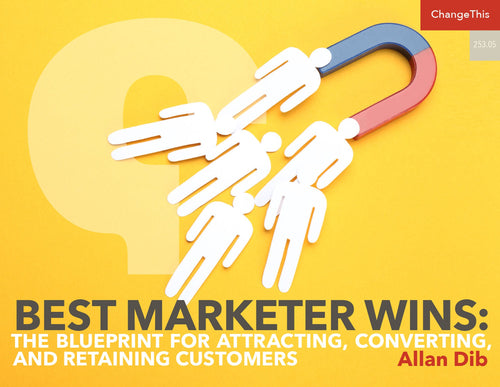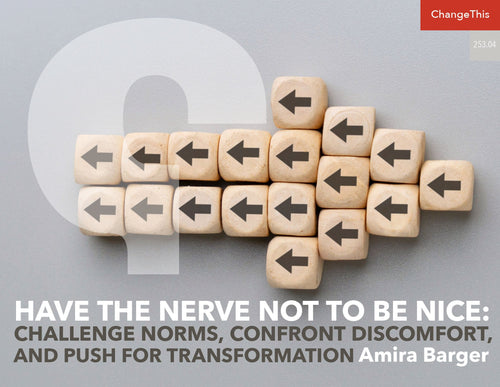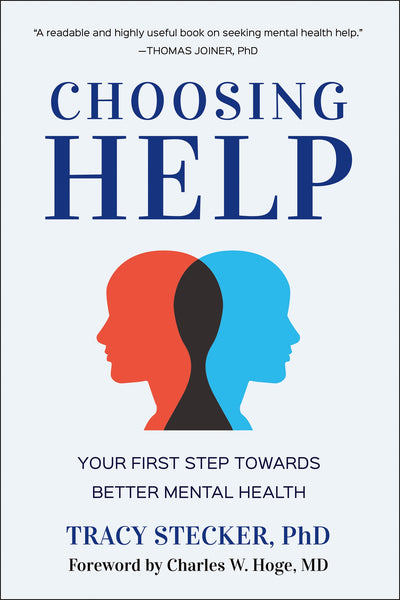Five Pillars for Building Organizations That Work for Women
In 2019, I began to carry out a series of interviews with women leaders.
At the time, the future seemed bright, or at least brighter than it had in the past, as more women than ever before were rising into leadership roles. Since then, the world has changed in ways I couldn’t have predicted. Some of these changes may ultimately prove groundbreaking for women and other minorities pursuing leadership positions, whereas others may represent a huge setback.
First, in the wake of the powerful protests that followed the death of George Floyd in the spring of 2020, many organizations that had never before seriously thought about diversity, equity, and inclusion started to reflect upon their organizations, C-suites, and organizational cultures. By late summer of 2020, thousands of organizations across the United States and worldwide had published statements outlining their approach to Diversity, Equity, and Inclusion (DEI), and a growing number of leaders had begun to come forward to share thought leadership on the topic.
Whether this self-reflective moment will be sustained over time or have an impact on who ends up leading organizations now and in the future is yet to be seen. Either way, I would be remiss to ignore that this was one of the first times in my working life that I have witnessed so many organizations and leaders seriously addressing DEI issues.
At the same time, however, something else was happening.
After years of slow and steady progress, we witnessed a massive exit of women from the workforce during the pandemic and an equally notable trend of women downscaling their ambitions (e.g., stepping out of demanding leadership roles). The major challenge facing these women was the increased demands on their time on the home front as remote work combined with remote schooling found many working mothers doing double duty throughout the workday. As early as September 2020, troubling reports started to appear about the pandemic’s impact on women’s current employment participation and about its long-term impact on gender diversity in the leadership pipeline.
In the fall of 2020, a McKinsey & Company study reported that as many as two million women were considering leaving the workforce due to the COVID-19 pandemic. Subsequent studies revealed that women were not just thinking about leaving the workforce but were already doing so or being pushed out due to layoffs. Between November 2020 and January 2021, IBM surveyed more than 2,600 executives, middle managers, and professional women and men working in the same ten industries and nine geographic regions that it had previously surveyed in 2019.
The study’s findings revealed a troubling trend that appeared to have been exacerbated by the pandemic: a notable drop in women in senior vice president, vice president, director, and manager roles.
The IBM study also warned, “This contraction aligns with other dire statistics showing that women in the early and middle stages of their careers are most vulnerable to pandemic-related job displacements, with those aged 20 to 34 among the hardest hit.” The “dire statistics” to which the IBM study was referring included a finding by the National Women’s Law Center in February 2021 that 2.3 percent of women had left the labor force in the United States between February 2020 and January 2021, bringing women’s labor participation back down to levels not seen since 1988. Notably, around the same time other global studies suggested the US labor trend was not an outlier. One Canadian study, for example, found that women were ten times more likely than men to have permanently exited the workforce during the pandemic.
Although the actual fallout of the pandemic on women’s labor force participation may take years to become fully visible in the United States and around the world, the grim statistics encountered during the pandemic revealed just how tenuous women’s position in the workforce and leadership pipeline remains. In many respects, the pandemic reminded us that women are not just fighting to ascend into leadership roles. During challenging economic times, they may also still find themselves fighting to remain in the workforce at all. And, as in the past, women with young children (primarily women in their late twenties to mid-forties) seem to be most at risk.
Although I don’t claim to have all the answers, over the course of my research I have encountered five pillars that can help us in our struggle to build organizations that consistently work for women.
1. SET THE TONE AT THE TOP
Whether an organization is led by a CEO or by a president, chief, or general, it is important that the person at the top publicly re to building diverse, equitable, and inclusive systems and that this individual be held accountable for achieving specific results.
This means doing much more than stating that DEI is a priority or offering training programs or short-term initiatives to create an organizational commitment to DEI. In large corporations as well as public institutions, this means allocating substantial resources to building a DEI ecosystem that will ultimately touch every level of the organization.
To do this, leaders need to ensure that everyone from the board of directors to the C-suite to the human resources department has skin in the game. After all, in most organizations, building a DEI ecosystem that starts at the top and ripples across the organization requires large-scale buy-in. Everyone from the top down must be prepared to engage in deep learning about unconscious biases and how these biases are structuring their decision making. The only way to execute an organizational overhaul of this nature is to communicate a clear and consistent message from the top of the organization and an accountable execution plan.
2. PREPARE FOR A SYSTEM OVERHAUL
Organizations don’t fail women due to the presence of just a few bad apples. Biases don’t just live in individuals. They also live in systems, which include an entire array of policies, structures, and practices. As a result, building organizations that work for women has to start with a comprehensive and systemic transformation. In most cases, this includes an overhaul of all human resource systems, processes, and practices (e.g., how an organization recruits and hires talent, carries out performance reviews, and connects measurable results to incentive compensation).
Doing this work isn’t easy. Most human resource systems at long-standing companies were developed when there were still few or no women or visible minorities in management-level roles. This is why just making tweaks to existing systems and processes will ultimately prove to be inadequate. As many of the women I interviewed concluded, especially when pushed to offer concrete advice on how to address workplace inequities for women and other minorities in the twenty-first century, sometimes the best way forward is to start by abandoning current systems and designing new ones for the future.
3. INTRODUCE SCORECARDS
We have all heard the adage, “What gets measured gets managed.” This adage also holds true in the case of DEI.
For example, consider the Human Rights Campaign’s Corporate Equality Index, which measures how corporations’ policies and practices support LGBTQ employees. The index doesn’t dictate what policies corporations should adopt. It simply holds up a mirror to the state of one’s workplace so a corporation can see where it stands, including how it stacks up in comparison to other organizations. In 2002, only 13 businesses received a 100 percent rating on the Corporate Equality Index. Within a decade, more than 300 businesses had reached this rating.
But when it comes to DEI, corporations and other organizations should consider external benchmarks as only one reference point for measuring progress. These benchmarks must be accompanied by internal scorecards and evaluation processes to measure and promote DEI. For this approach to work, an organization’s objectives and measurement need to be transparent (e.g., highlighted in prime locations inside the organization, on the company’s websites, in annual reports, in shareholder reports, etc.).
Progress at the unit, department, and division level should also be visible within the organization. And at every level, managers should be held accountable for communicating and implementing the action plans developed with their employees. Combined, these practices hold the potential to send a clear message that the organization is fully and publicly accountable for advancing DEI.
4. INCENTIVIZE PROGRESS
There also appears to be a compelling reason for organizations to start incentivizing DEI gains. Internally, this might mean offering clear rewards to each member of the C-suite, executives, units, departments, or divisions that achieve their objectives and make progress on DEI (e.g., overhauling hiring or promotion practices and demonstrating clear results).
If there is any doubt that this approach can work, consider what happened after the passage of the Affordable Care Act in 2010: the US healthcare delivery system was forced to change its fundamental business model because reimbursement of funds from the government became tied to patient-satisfaction results. This meant that hospitals had to quickly discover how to put patient needs at the center of care, which shockingly was something many hospitals hadn’t prioritized in the past.
Now imagine what would happen if organizations or individual units, departments, or divisions within organizations had clear financial incentives (e.g., additional hiring lines, larger annual budgets, or bonus compensation) for making measurable progress on DEI priorities? Like it or not, rewarding individuals and teams for making measurable progress on DEI priorities (e.g., offering teams that diversify access to additional hiring lines) communicates the importance of this strategic priority and adds a sense of urgency to accelerate the pace of change.
5. SUPPORT EMPLOYEES AND THEIR FAMILIES
Finally, and perhaps most urgently, organizations committed to advancing the rise of women leaders need to take a deep look at their employees’ need and to implement strategies that will make a noticeable difference in supporting women and their families.
For example, we know that women are often knocked off course mid-career due to the demands of raising a family. There is also evidence that introducing affordable or free onsite childcare (or subsidizing offsite childcare) can radically reduce attrition rates. Even if a national childcare program may be the best solution, while politicians continue to debate the cost and merits of such an initiative, organizations can step in to fill the gap.
Once again, as the surge of women from the workforce during the pandemic demonstrated, women aren’t just fighting to rise up the ranks but, in some cases, simply to hang on to the positions they currently occupy. Structural support, which includes access to affordable and quality childcare, may ultimately prove to be the very best investment an organization can make when it comes to supporting women at all stages of the career cycle.
Admittedly, some of the pillars outlined in this piece will take time to execute, but others can be immediately embraced and put into practice. Ultimately, the onus rests on boards of directors, the C-suite, and organizational leaders to take up the call to level-up their commitment to DEI and start building organizations that work for, rather than against, women. If enough leaders respond to this call, I’m confident that the C-suites and boards of the future may finally begin to reflect the diversity found in the entry-level ranks of nearly all professions in the twenty-first century.











































